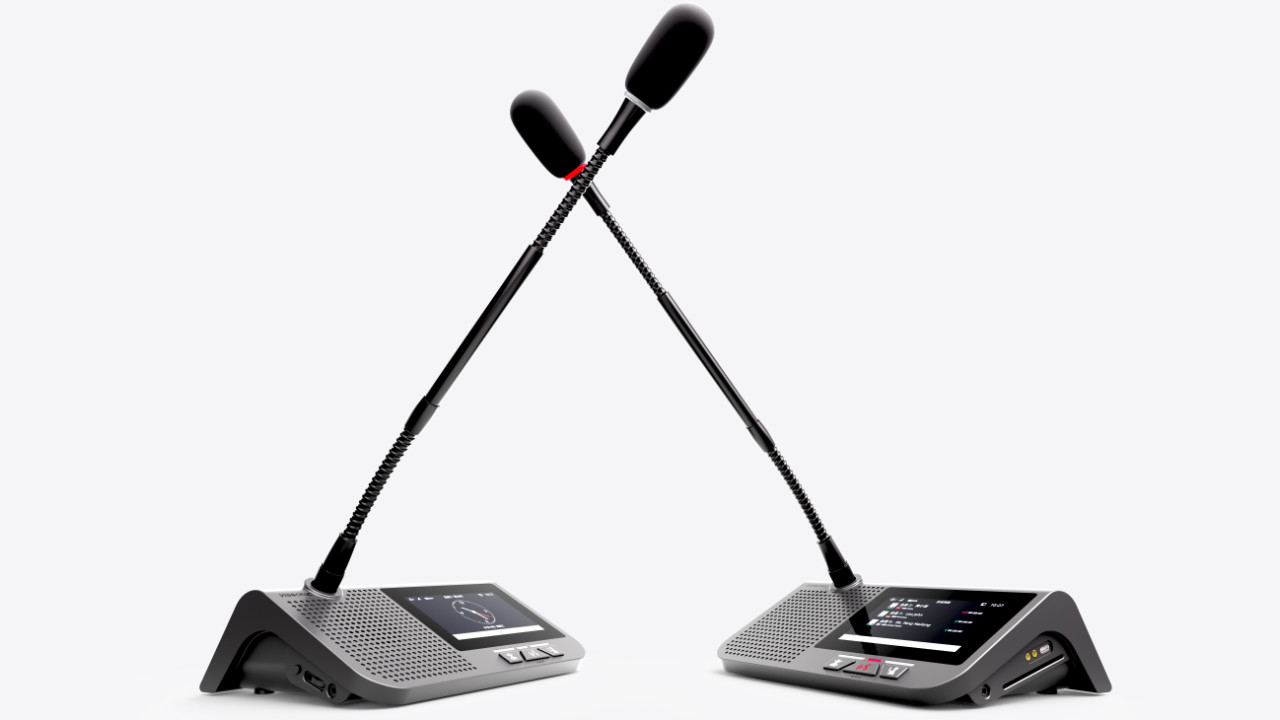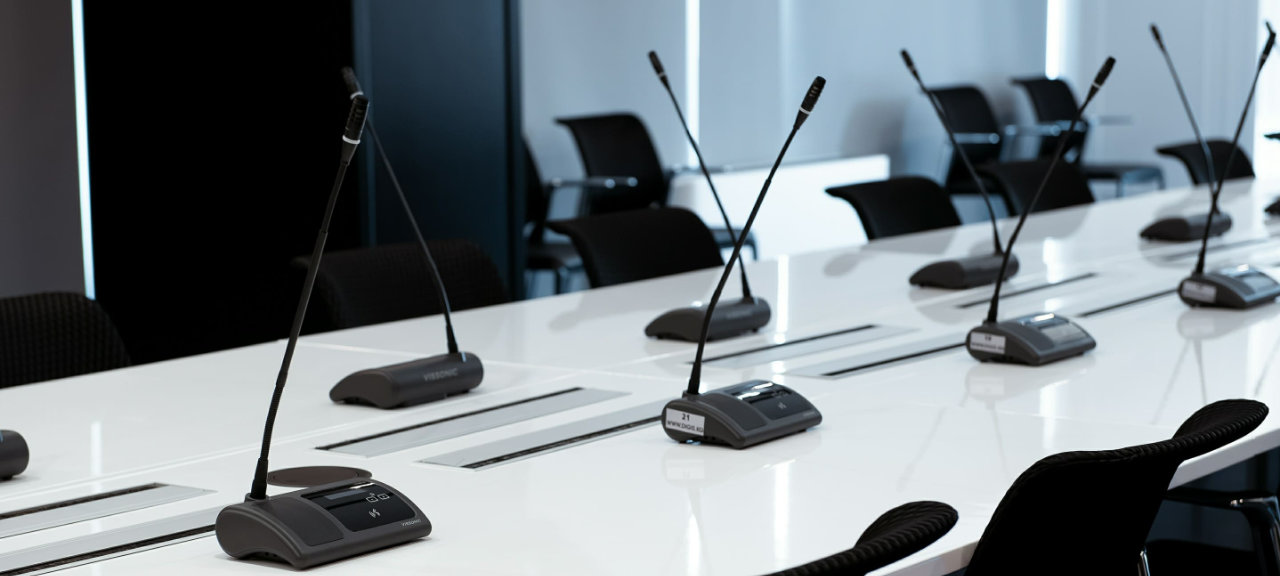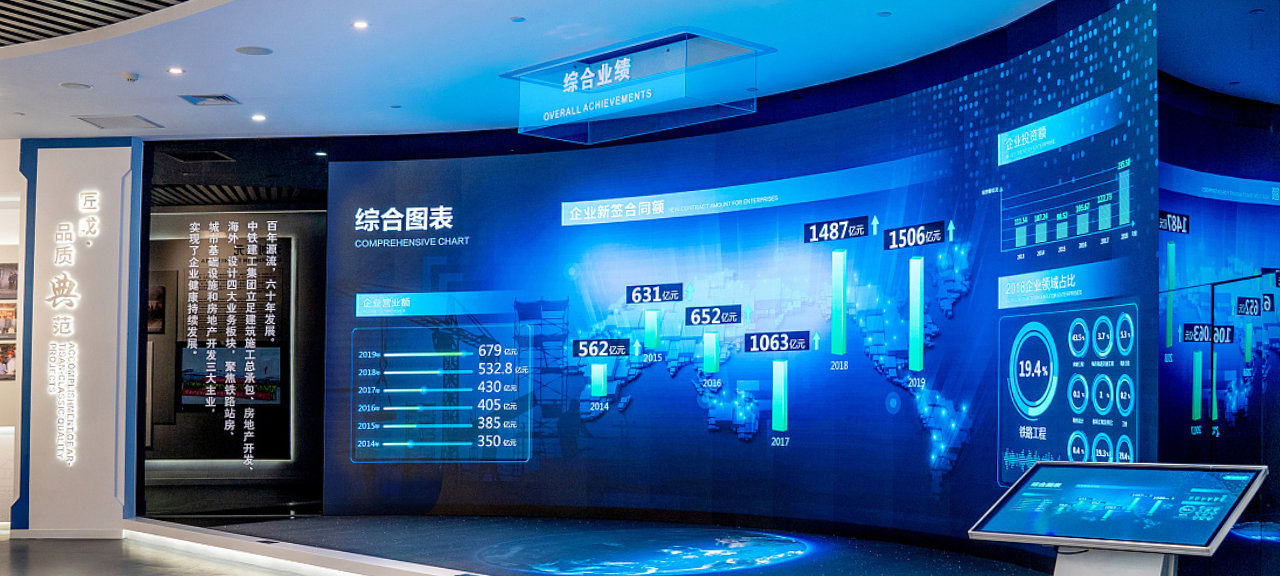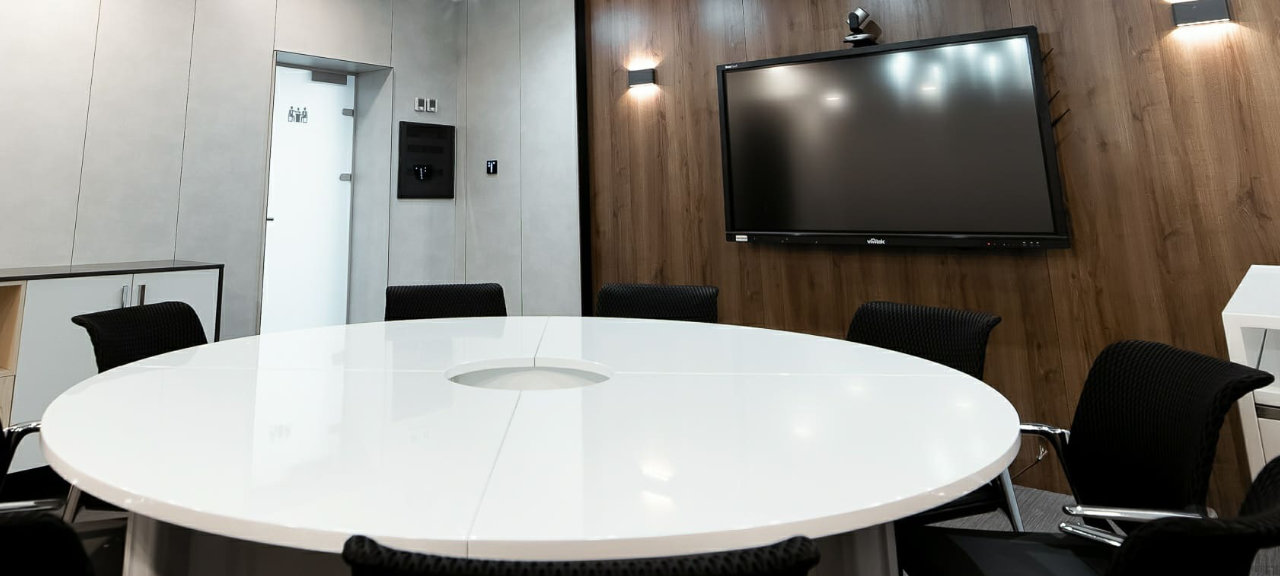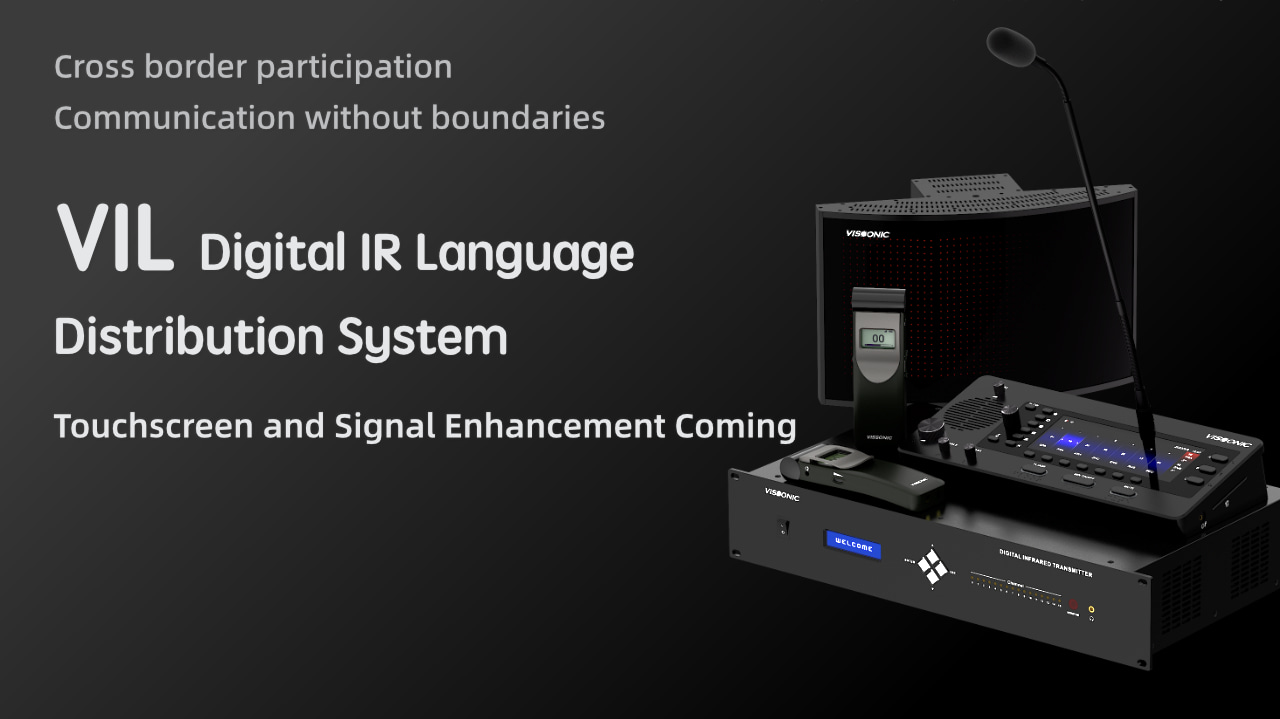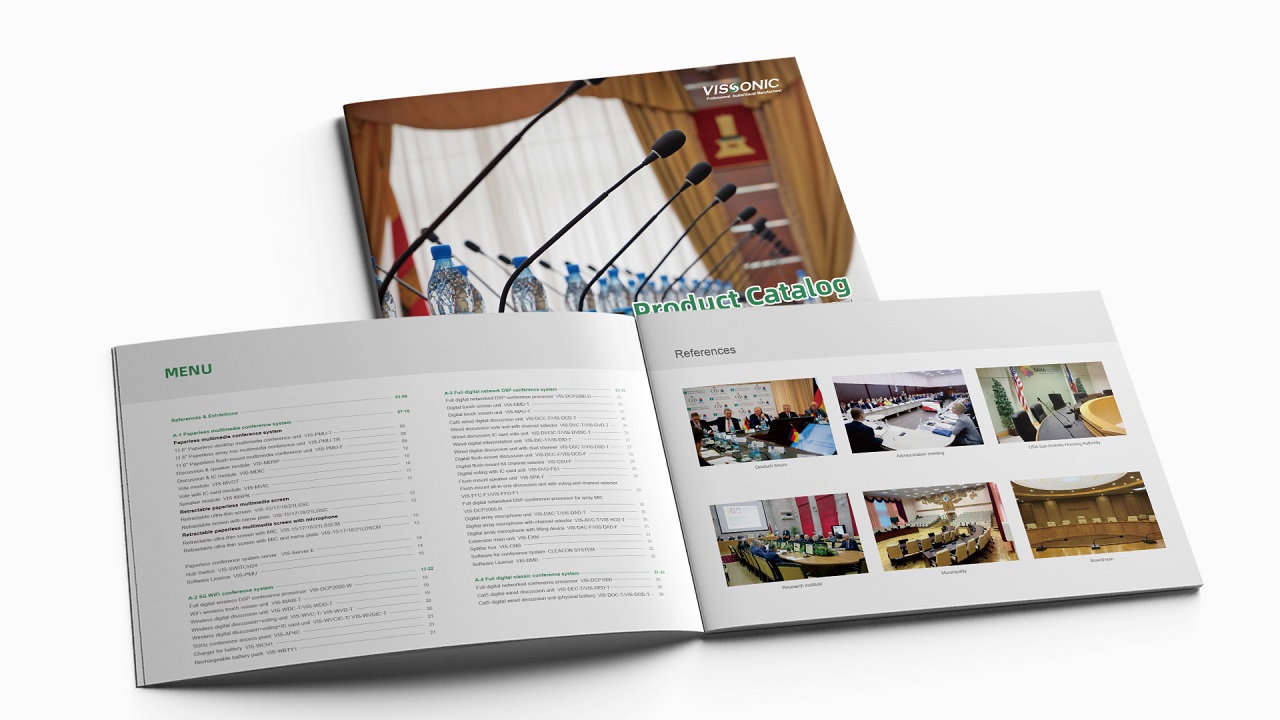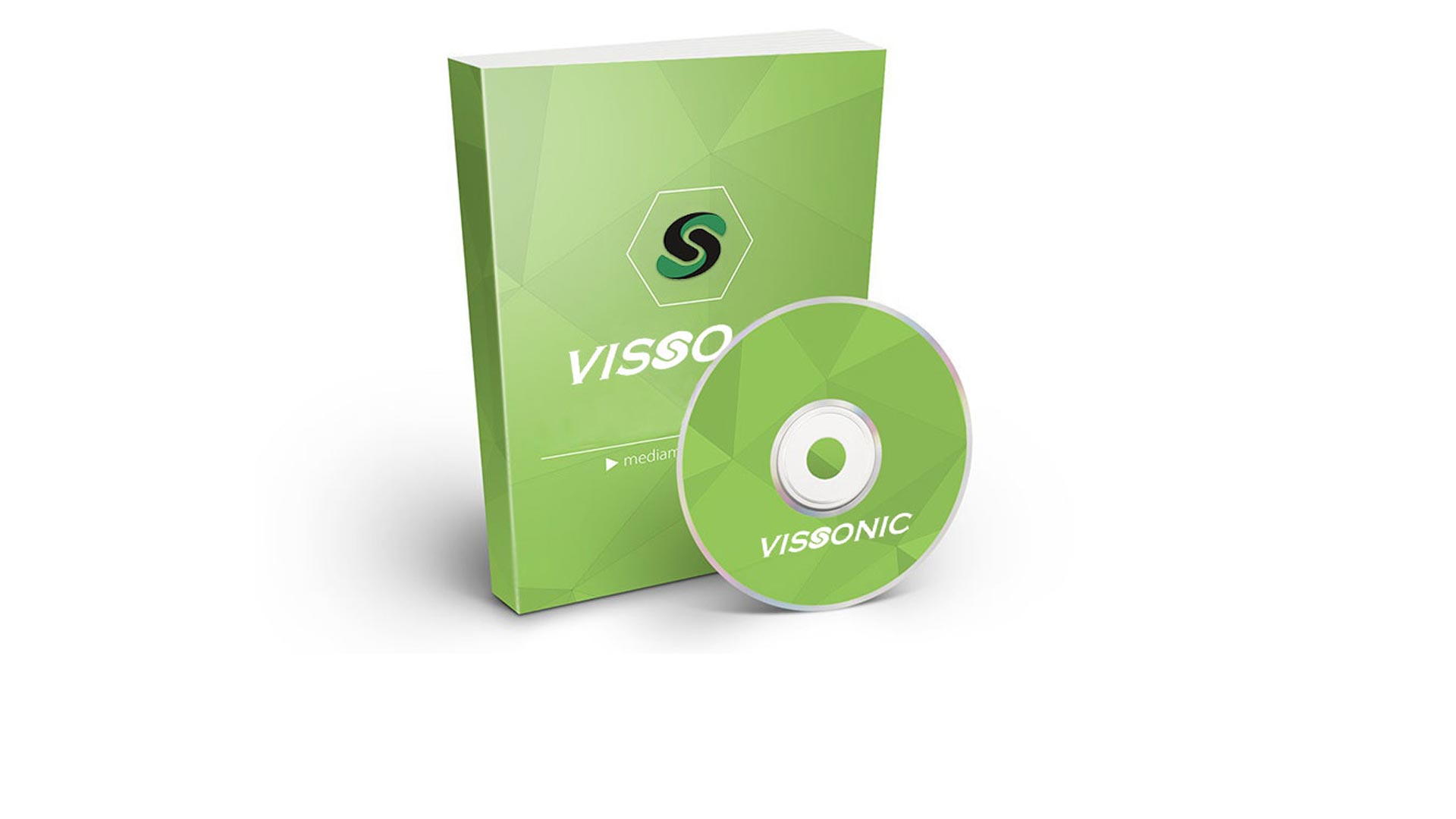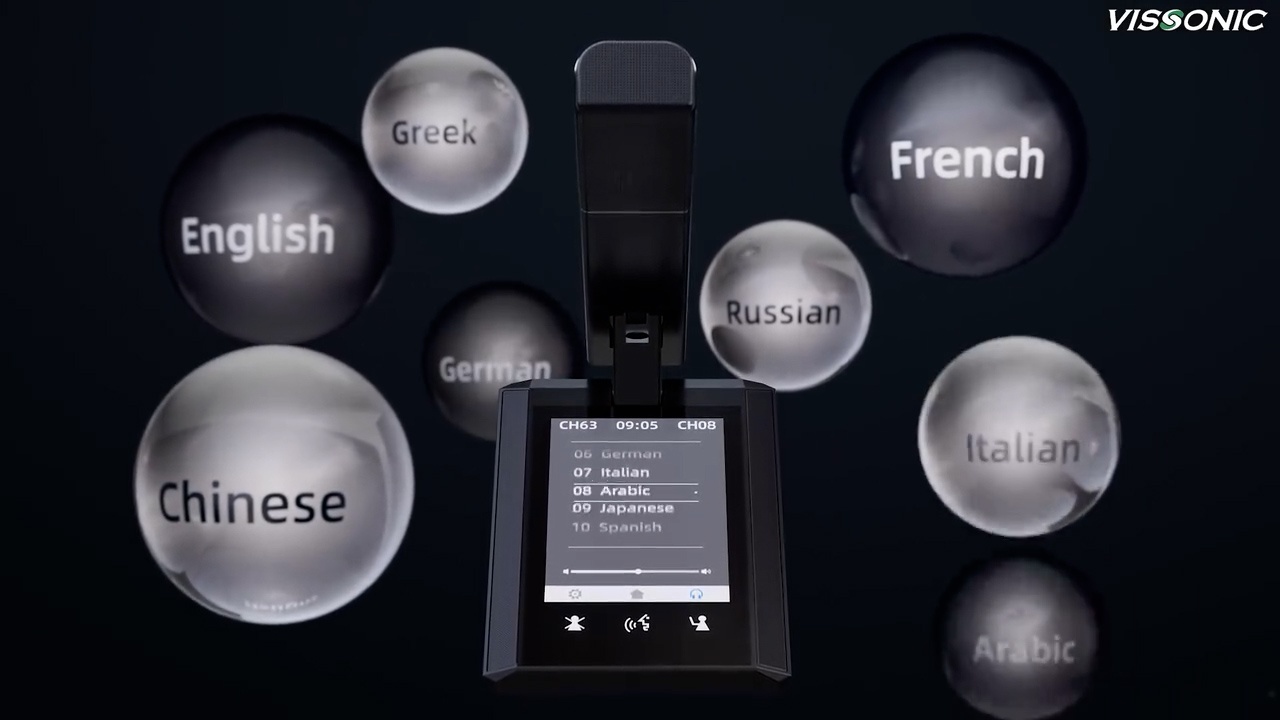What to Look for in Microphone Array Matching
There are many types of microphones used in presentation situations: tabletop microphones, handheld microphones, ceiling microphones, and inconspicuous clip-on and headset microphones. The podium microphone on the conference table can certainly represent an elegant design feature - and incidentally also emphasizes the special importance of the person sitting behind it.
Among other things, a microphone array is a microphone device that functions like a regular microphone, but instead of having just one microphone to record sound input, it has multiple. A common microphone array is a 2-microphone array device, with one microphone placed on the left side of the device and the other on the right side. With one microphone on each side, sound can be recorded from the left and right sides of the room, resulting in a dynamic stereo recording that simulates surround sound.
Analog Array Microphone Unit
Matching Issues
The most important feature that must be present in a microphone array device is microphone matching. All the microphones in the array must be similar and closely matched, and in some ways identical, in order for the array to get a good recording. Otherwise, you may run into the following problems:
one of the microphones in the microphone array has a much higher gain.
microphones are out of phase, so one microphone records before the other.
One microphone picks up sound from all directions, while the other picks up sound from only a single direction.
The above situation can lead to some terrible consequences. Therefore, the three aspects of microphone arrays that need to be considered for matching are directionality, sensitivity and phase.
Digital Networked DSP Conference Processor for Array Mic
Directionality
Directionality refers to the direction in which it can pick up sound. Some microphones can only pick up sound from one direction, i.e. unidirectional microphones. Other microphones are built so that they can pick up sound from all directions, omnidirectional microphones. When building an array microphone, all microphones must have the same directionality.
Having one microphone pick up sound from only one direction and another microphone pick up sound from all directions would result in a disastrous, unbalanced recording. This is largely undesirable, except in some special cases where this would occur.
Sensitivity
Sensitivity is another aspect of a microphone array that must be matched. Sensitivity is the gain that the microphone picks up when recording a signal. The sensitivity of a microphone array device must be closely matched, otherwise one microphone will be louder than the other, resulting in an unbalanced recording.
Usually the maximum sensitivity difference allowed for an array microphone is ±1.5 dB, and the microphone sensitivity difference for a microphone is no more than 3 dB.
Array Microphone Unit with channels selector
Phasing
Phase is the last important aspect of a microphone array that must be matched. Phase is the reference degree line for when a microphone starts recording, meaning that it determines when all the microphones in the array start and stop recording. If the microphones have very different phases, they will record the signal at different times. This will cause the recording to be out of sync. Again, this is largely undesirable. It is desired that the microphones record the signals simultaneously so that there is no delay between the signals.
Just like sensitivity, the phase difference between microphones must have a maximum allowable tolerance. This difference is typically ±1.5 degrees to ensure that the signals are recorded simultaneously so that harmonious recording is achieved.
You can check our audio solutions here. Microphone arrays are becoming increasingly popular in the audio industry because they allow dynamic surround sound recording. VISSONIC SONICON Array Microphone Conference System has advanced voice processing technology, unique microphone head design, and high quality built-in speakers. This unit picks up and reproduces the human voice accurately, ensuring that every word is well understood. Please send us a message to get the information you want, and we will be glad to serve you.

